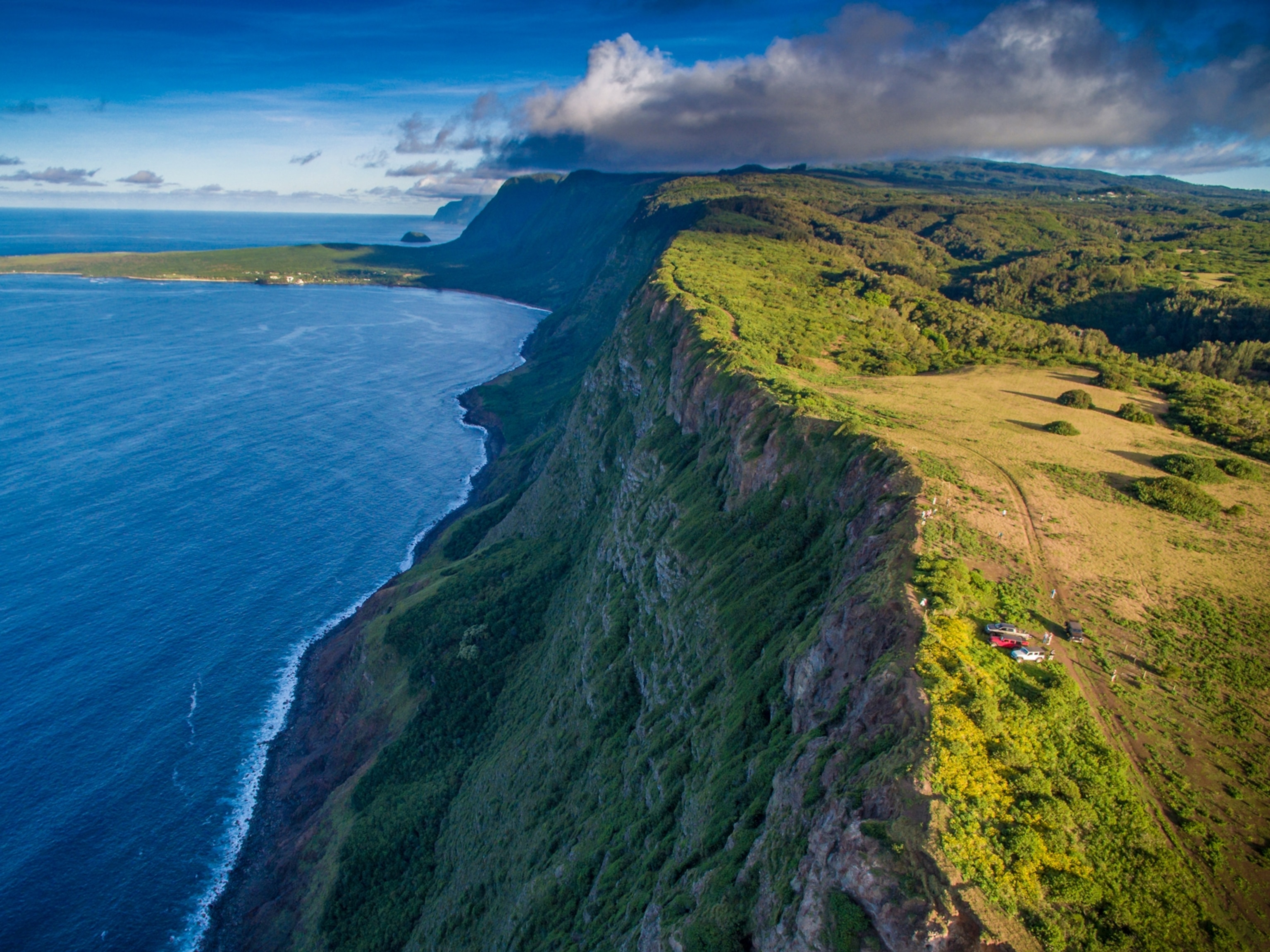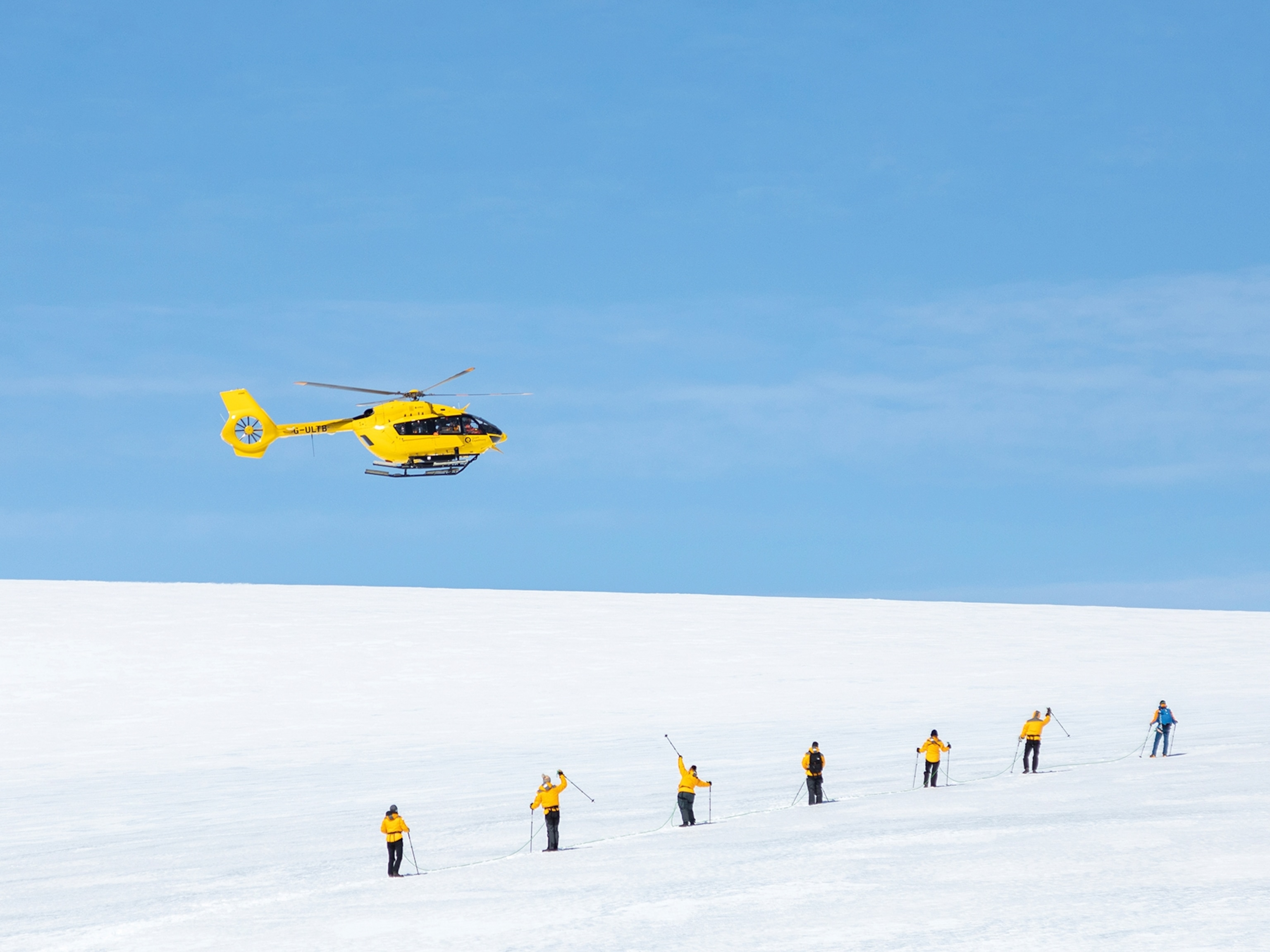Take Amazing 360° Tour of St. Peter’s in Vatican City From Your Chair
Use your computer to see the inside of the basilica and its splendid artwork; zoom in for a closer look.
This 360-degree view allows you to see the splendor of St. Peter’s Basilica on your computer, tablet, or mobile device. Use the toolbar to shift your view or zoom in. On a tablet or mobile device, just hold it up or turn it around to pan.
St. Peter’s Basilica is one of the most spectacular churches in the world. Although some may confuse it for the “mother church” of Roman Catholics, it isn't even a cathedral because it's not the seat of the pope, who is also the bishop of Rome. That distinction belongs to the Archbasilica of St. John Lateran. But because of its size, grandeur, and location within Vatican City, papal authorities use the church for numerous ceremonies. Its capacity is enormous—it can hold 20,000 seated worshippers or 60,000 standing.
Start your tour with the baldachin, the great canopy over the papal altar and St. Peter’s tomb, crafted by master artist and architect Gian Lorenzo Bernini. The canopy took nine years to build and was completed in 1633. It is made of 90 tons of bronze, most of it from the portico of Rome’s Pantheon. It is over 95 feet tall, almost as tall as a ten-story building.
St. Peter’s tomb is directly below it. You can see two wings of the ornate balustrade separated by a gate that opens to the sunken, semicircular area in front of the papal altar, known as the Confessio, or Chapel of the Confession. This refers to the confession of faith by St. Peter, which led to his martyrdom. The tomb itself is not visible, as it is down a set of stairs and tucked into a niche at the back of the Confessio. You can only view it on a special tour of the Scavi, or excavations, in the ancient necropolis.
Directly above is Michelangelo’s dome, rising 448 feet to the top of the cross on the lantern tower outside. You can see the inner hemispherical layer of its double shell; a slightly more pointed one is visible outdoors. It is 140 feet in diameter—one of the largest domes in the world. The colorful mosaics around the dome depict Jesus, Mary, Joseph, St. John the Baptist, and the Twelve Apostles. You can just make out the image of God bestowing his blessing upon mankind through the oculus, the round opening at the crown of the dome.
Around the drum of the dome in blue letters standing almost seven feet tall is the inscription TV ES PETRVS ET SVPER HANC PETRAM AEDIFICABO ECCLESIAM MEAM. ET TIBI DABO CLAVES REGNI CAELORVM. The biblical citation, from Matthew 16:18-19, translates as: “You are Peter and upon this rock I will build my church, and to you I will give the keys of the Kingdom of Heaven.”
If you look through the baldachin toward the apse at the end of the central nave, you will see the glowing light of the alabaster window depicting the Holy Spirit as a dove (the dove is six feet tall). Below that is the Altar of the Chair of St. Peter, a monumental sculpture by Bernini. It contains the relics of an ancient chair, reputedly from which St. Peter preached. The altar symbolizes the teaching authority of the pope.
Immediately behind you, you will find the statue of St. Peter Enthroned, set in front of a maroon-and-gold mosaic curtain. This 13th-century bronze sculpture is attributed to Arnolfo di Campio. St. Peter’s hands are raised in the act of blessing, and over the course of seven centuries of devotion, the custom of kissing or touching the right foot has almost completely worn away the toes.
Gaze at the boldly patterned marble floor of the nave. If you're facing the barricade and row of chairs in the direction of the atrium, you'll see a glare on a maroon rectangle. That tile shows the keys of heaven, a symbol found throughout Vatican City. There are also plaques commemorating popes, as well as markers that indicate the comparative length of several of the largest churches in the world. You can also see a glimpse of what look like lavishly decorated manhole covers (for example, in front of the rows of chairs). These are portals to the tombs of popes below the floor, including that of John Paul II, who was pope from 1978 to 2005.
All around you are spectacular works of art that look like paintings but aren’t. They are mosaics made of tiny tiles, or tesserae, each about the size of a fingernail. Mosaics were chosen over paintings to decorate the basilica so that they wouldn’t be vulnerable to the ravages of time, smoke, and humidity—eternal art for the eternal church. Four marvelous examples are the mosaic medallions that decorate the area between the main cupola of the basilica and the enormous piers underneath. These medallions represent the four evangelists who composed the Gospels. We can see St. Matthew on the left above the baldachin, and St. John on the right.
Set into the great piers that support the dome are four colossal marble statues. These statues embody crucial moments of Christ’s Passion. Starting from the right of the altar you see the statue of St. Helena, mother of Constantine the Great, holding the True Cross (by Bolgi). Continuing clockwise, you'll note the statue of St. Longinus gripping the sacred lance used to pierce Christ’s side (by Bernini). Continuing toward the right, the next statue you see is that of St. Andrew, Peter’s brother, representing the moment of his crucifixion in Greece (by Duquesnoy). And turning back toward the baldachin, the last statue is of St. Veronica displaying the veil she used to wipe Jesus’s face on the road to Calvary (by Mochi).
If you download this file, you agree that it will be for your personal, non-commercial use only.







